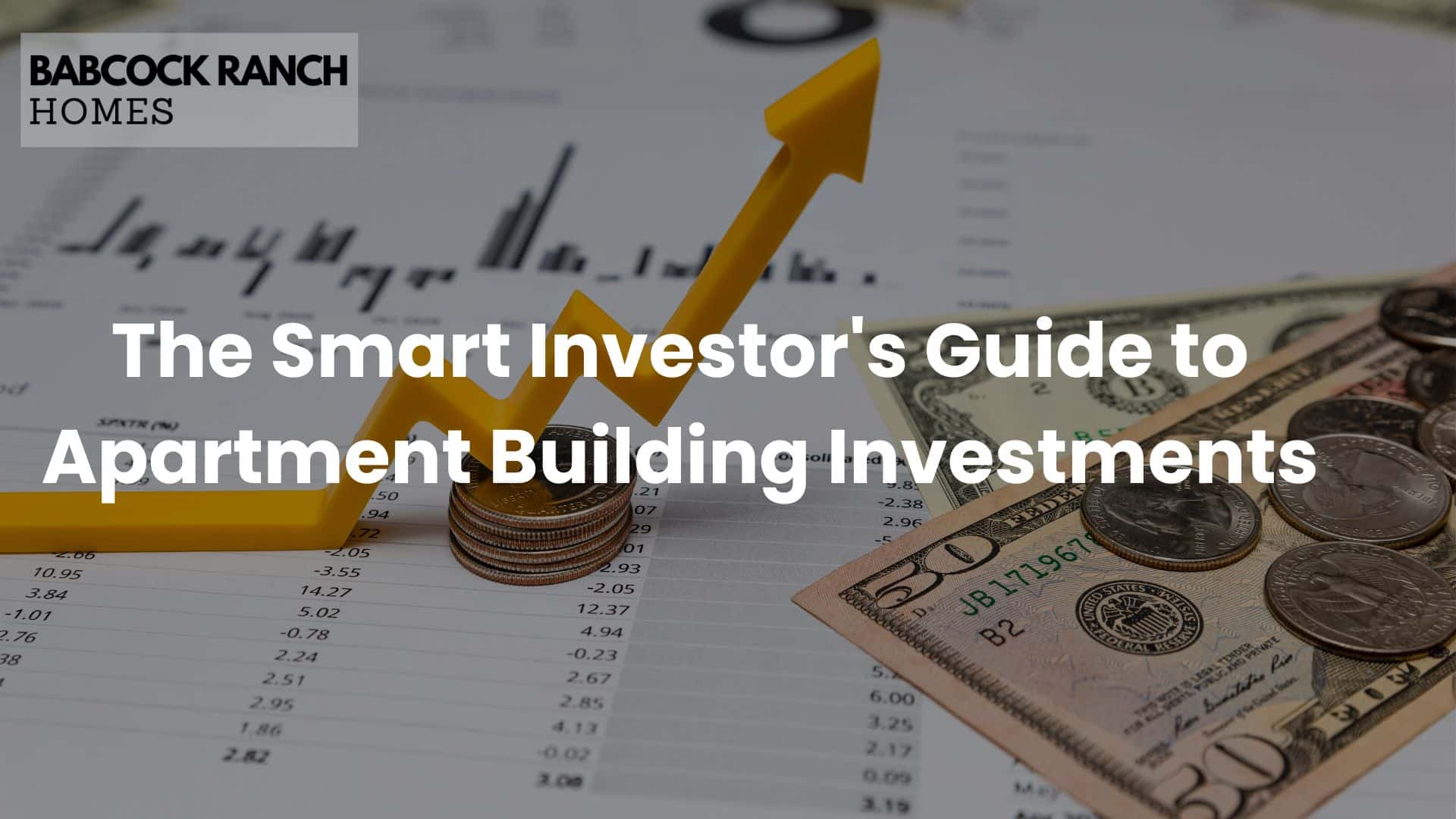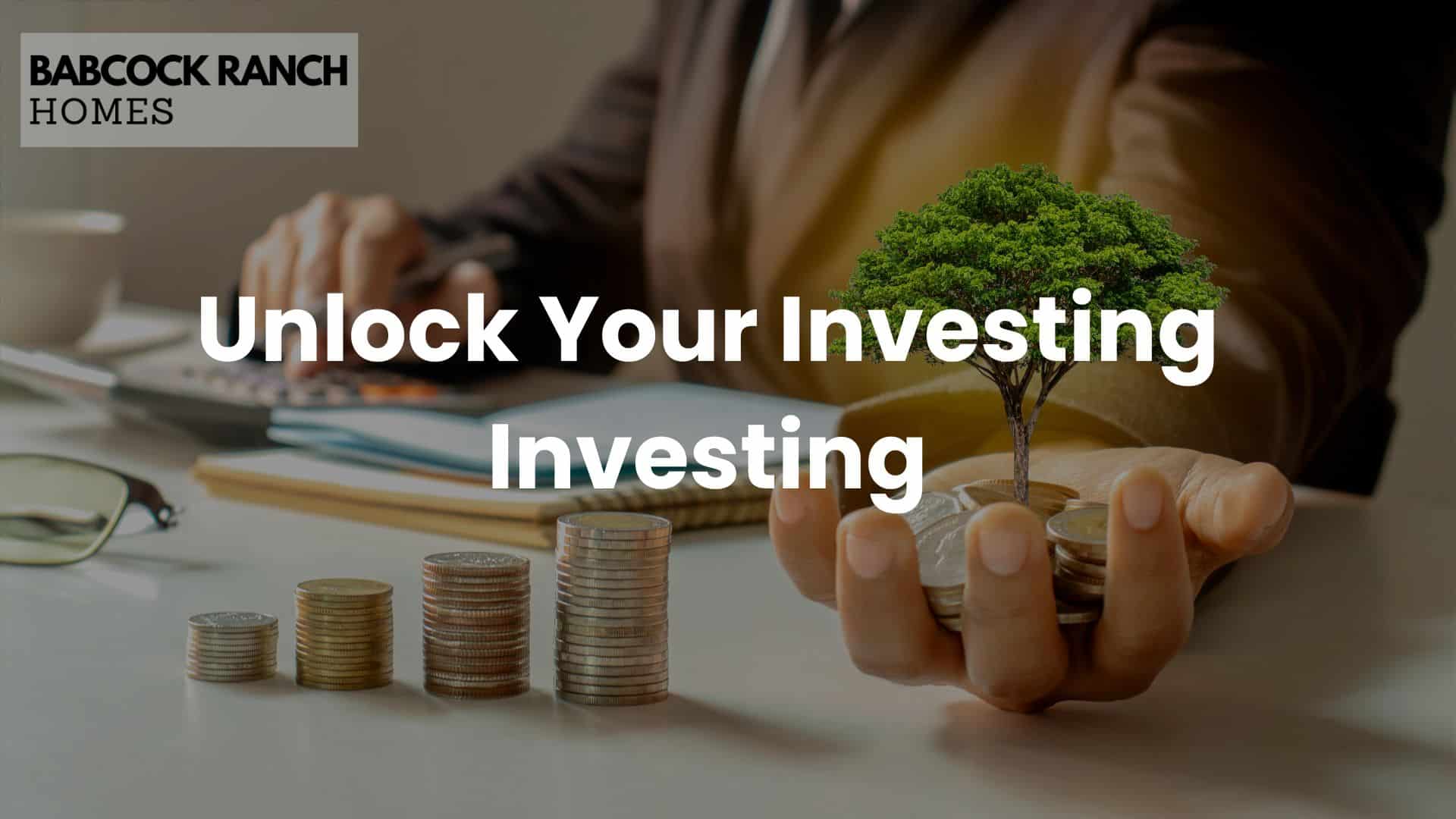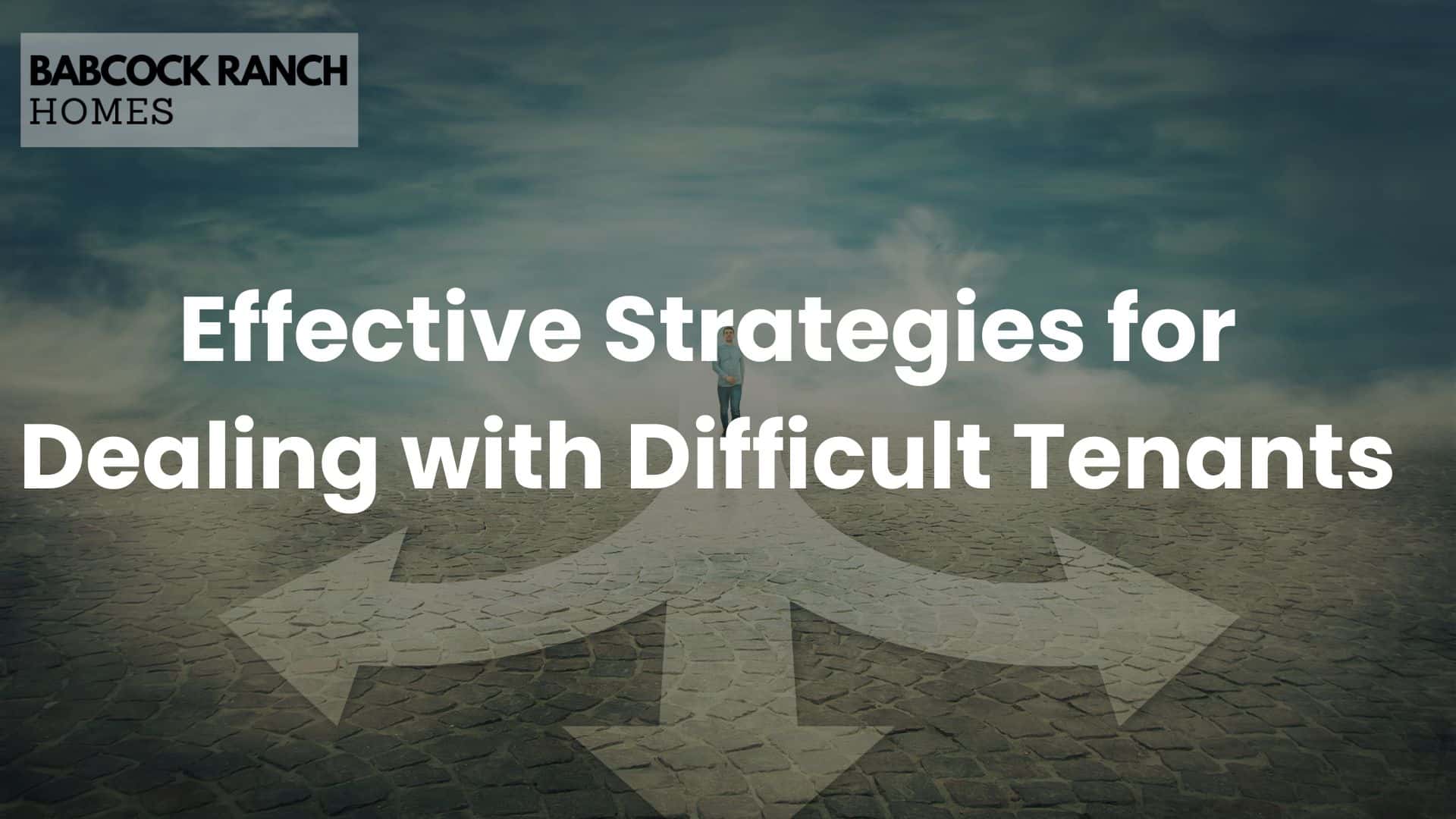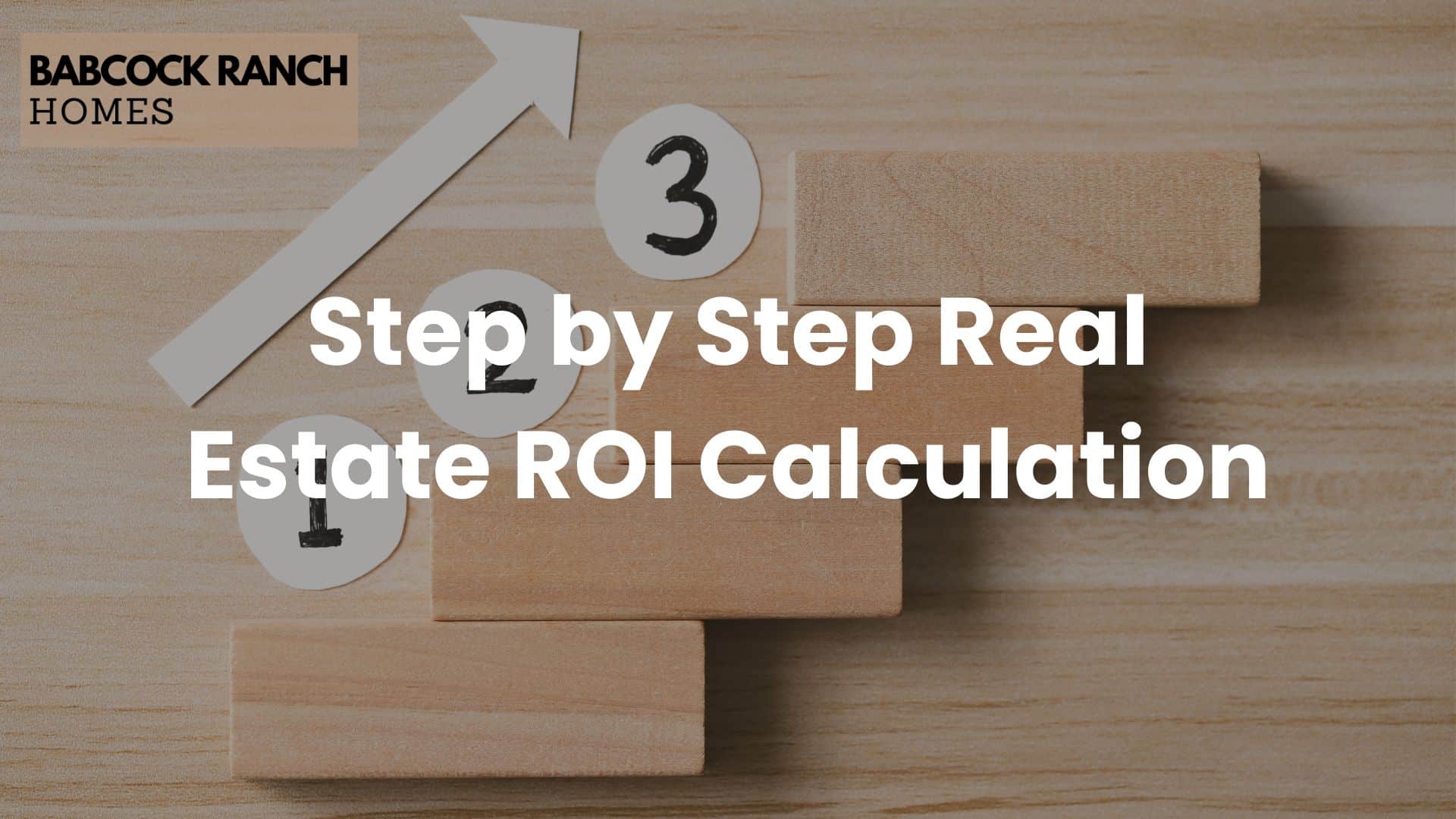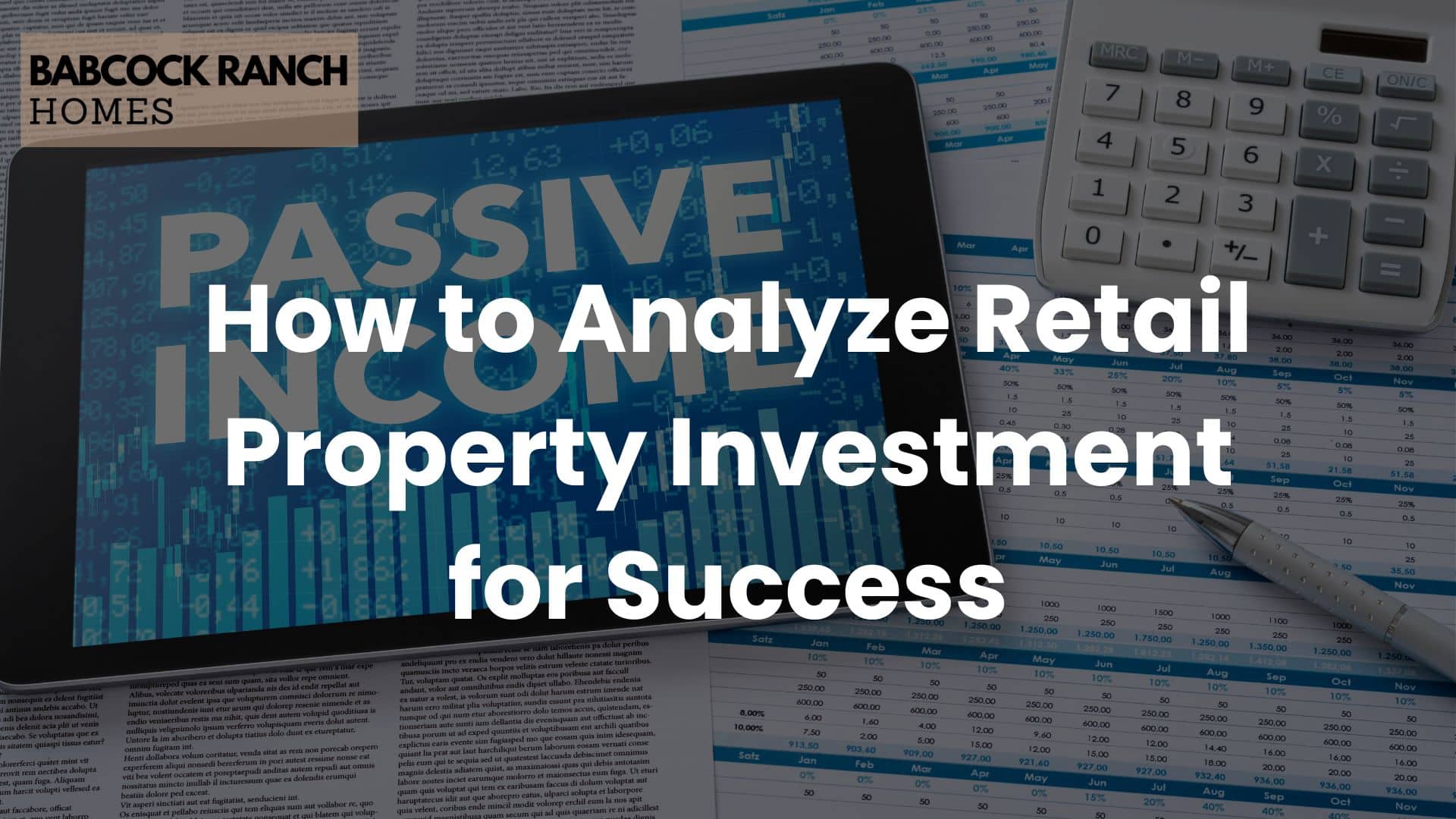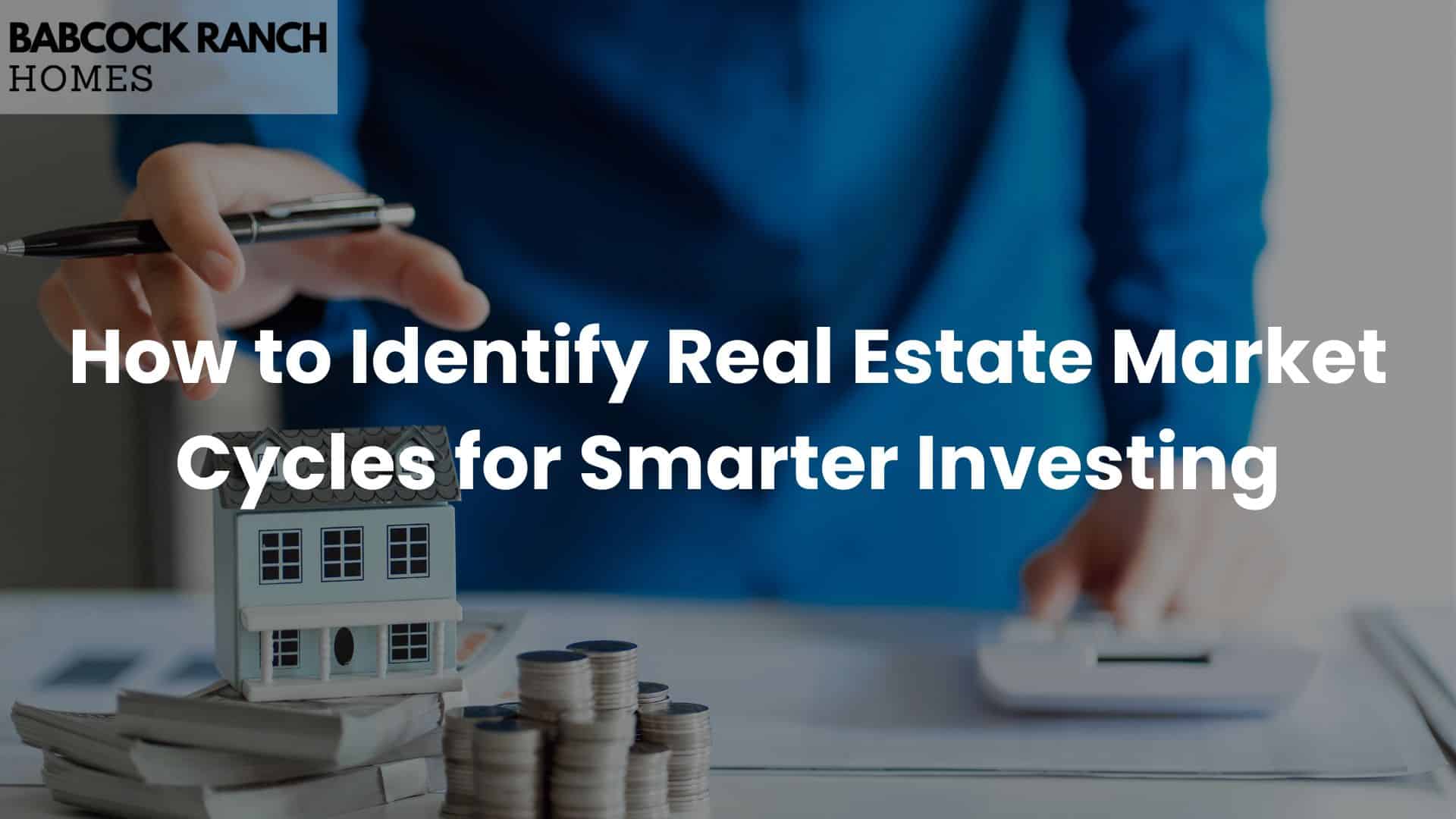
JPMorgan Chase research shows property values in areas like Southwest Florida grow 42% faster during good times. This shows why smart investors focus on understanding housing trends. Knowing market cycles is key to making your investments grow or stay the same over time.
Babcock Ranch is a great example. This community near Fort Myers has done better than 89% of Florida areas. It did well because it was built with careful planning and investment in the I-75 area. This was based on a 7-10 year cycle pattern that economists found.
We will look at the four main phases every investor needs to know. These phases include times when the market is down and times when there’s too much supply. Knowing when to buy or sell can make a big difference in your wealth.
Key Takeaways
- Real estate cycles typically span 7-10 years, per JPMorgan Chase analysis
- Four distinct phases dictate optimal buying/selling strategies
- Regional growth corridors amplify returns during expansion periods
- Infrastructure projects signal upcoming market shifts
- Demographic trends validate long-term cycle positioning
- Hybrid valuation models outperform single-metric analysis
Understanding Real Estate Market Fundamentals
Starting a successful property investment means understanding the market. We look at three key factors that affect prices in places like Babcock Ranch. Here, sustainable development meets Florida’s growing population. This mix offers great chances for investors who know how to read economic signs and housing supply.

Economic Drivers of Property Values
Jobs and wages play a big role in what buyers can afford. Our study finds that areas like Babcock Ranch benefit from:
- Diverse job markets (healthcare and tech sectors grew 12% last year)
- Changes in mortgage rates affecting how much buyers can spend
- New infrastructure making neighborhoods more attractive
JPMorgan’s model shows prices stabilize when income grows faster than construction costs by 1.5 times. Florida’s Southwest has kept this balance well.
Supply and Demand Dynamics
Finding the right balance between new homes and buyer interest is key. We focus on two important points:
Construction Rates vs Population Growth
Babcock Ranch is building 8,500 homes, matching Lee County’s 3.2% growth rate. Markets face trouble when:
- Building goes over 110% of what the area needs
- Permits don’t keep up with people moving in
- Developers guess wrong on what buyers want (like too many fancy homes)
Inventory Absorption Patterns
The Close’s data shows homes in balanced markets sell in 90 days. We watch how fast homes sell through:
- Months of inventory (6 months is just right)
- How much prices drop on unsold homes
- How many homes are sold before they’re even built
CrowdStreet’s chart helps spot when markets are growing or slowing. This is key for buying at the right time in expanding areas.
How to Determine Real Estate Market Cycles
Spotting real estate cycles means looking for patterns that repeat over time. We’ll explore Burhan Aqeel’s 4-stage model. It helps investors spot changes before others do.

Four Distinct Phase Characteristics
Market cycles have predictable patterns if you know where to look. Let’s dive into the key signs that mark the shift from recovery to expansion.
Recovery Phase Indicators
The market’s rebirth is marked by specific signs:
- Vacancy rates drop below 5% for 3+ quarters
- Permit approvals increase 15-20% annually
- Rent growth outpaces inflation by 1.5x
Chase Bank’s 2024 analysis cautions against mistaking short-term demand spikes for real recovery. Keep an eye on absorption rates to ensure growth is lasting.
Expansion Period Signals
When growth is in full swing, you’ll see:
- Price increases exceeding 8% quarterly
- Construction starts doubling historical averages
- Inventory turnover under 30 days
The Close’s research indicates modern expansion phases last 18-24 months. This is shorter than before 2008, thanks to faster information flows.
Cycle Duration Variations
While textbooks suggest 10-year cycles, real ones vary a lot. Coastal markets had 7-year cycles from 2010-2020, while the Midwest stuck to 12-year patterns. Three main factors cause these differences:
- Local job market volatility
- Interest rate sensitivity
- Zoning regulation changes
Babcock Ranch’s planned community shows how targeted investments can shorten cycles by 40%.
Key Indicators for Market Analysis
For successful housing market analysis, we need both hard data and community feelings. We focus on three main areas: measurable trends, neighborhood vibes, and local economic mood.

Quantitative Metrics to Track
Numbers are key in housing market analysis. We find four metrics very useful:
- Median price movements: Look at 12-month changes, not just month-to-month
- Days on market trends: DOM patterns show how fast homes sell
- Inventory turnover rates (Markets with less than 45 days supply get a 5.3% premium)
- Rent-to-price ratios over 0.8% mean strong rental interest
Median Price Movements
Median prices show market trends. But we also look at price-per-square-foot. This method showed Babcock Ranch’s 14% green premium over others.
Days on Market Trends
DOM under 30 days means sellers have the upper hand. Our study found that shrinking DOM leads to 6-9% annual price growth.
Qualitative Neighborhood Factors
Numbers need context. We check three non-numerical factors during site visits:
- Local business growth plans
- Public projects in the works
- Community involvement (LinkedIn data shows 22% better retention where associations are active)
Consumer confidence is very important in master-planned areas. Babcock Ranch’s 92% resident happiness boosts its premium pricing.
Tools for Tracking Housing Market Fluctuations
To track housing market changes, we use both public data and advanced analytics. We mix government data with professional tools to get a full picture of market shifts. This way, investors can make smart choices and avoid risks from economic ups and downs.
Government Data Sources
The FDIC’s building permits database is key for tracking construction. It shows us monthly how demand changes in different areas. This helps us spot supply issues before they raise prices. JPMorgan’s strategies for managing cash also match this data, showing the need for cash during market drops.
Professional Analytics Platforms
Special tools turn raw data into useful insights. Top platforms combine various metrics, like job rates and mortgage trends. They give a full view of the market.
MLS Trend Reports
MLS systems give us real-time info on three key areas:
- Inventory turnover rates
- Price-per-square-foot trends
- Days-on-market averages
Zoning Change Alerts
Babcock Ranch’s zoning alert system shows how land-use changes affect property values. Investors get alerts on:
- Upcoming commercial developments
- Infrastructure expansion plans
- Environmental regulation shifts
Chase’s treasury services help investors plan for these changes. They guide on when to buy when zoning changes increase value.
Local vs National Market Comparisons
Babcock Ranch’s growth shows why investors look at local trends and national data. The U.S. housing market slowed in 2023, but Babcock Ranch’s prices rose by 22% annually. This shows local factors can be more important than national trends.
Babcock Ranch Case Study
This 17,000-acre community is powered by solar energy. It has 6,000 planned homes. Developers created demand with green infrastructure, not just following trends.
Florida’s Growth Patterns
Southwest Florida stands out for three reasons:
- 318 people move here every day (2022-2023)
- 42% of homebuyers are over 55
- Permits are 20% faster than the national average
Community Development Impacts
Babcock Ranch’s design shapes the market:
- Solar farms power 90% of the community
- 18-mile nature trails boost property value
- Mixed-use zoning fosters a self-sustaining economy
When looking at property market phases in Babcock Ranch, we focus on local data. Homes here sell 18 days faster than elsewhere. This shows the value of detailed analysis over broad assumptions.
Timing Your Property Investments
Mastering the timing of property investments means finding the right balance. We’ll look at strategies for buying properties when the market shifts. This way, you can plan for when to sell too.
Buying in Different Cycle Phases
Each market phase needs its own strategy. In Babcock Ranch’s growth phase, we focus on areas near new projects. On the other hand, in recessionary markets, 56% of investors see a chance to buy at lower prices (The Close).
Burhan Aqeel’s strategies for the contraction phase are also useful:
- Recovery Phase: Look for undervalued properties that can be renovated
- Expansion Phase: Invest in areas with new jobs and growth
- Hyper-Supply Phase: Try to get better deals on overpriced homes
- Recession Phase: Buy distressed properties that could increase in value over time
Exit Strategy Considerations
For a successful exit, keep an eye on three important things:
- Local job growth rates that beat the national average
- When new infrastructure will be ready
- How much inventory there is compared to how fast it’s being sold
In Babcock Ranch, we suggest holding onto properties for at least two development phases. For national markets, think about selling part of your property when the price-to-rent ratio is 15% higher than usual.
Predictive Modeling Techniques
We use old and new methods to predict real estate market cycles. This mix helps investors see when property values and demand will change.
Historical Pattern Analysis
JPMorgan’s macroeconomic factor matrix shows how past data guides future predictions. It looks at patterns in several areas:
- Employment rate changes over 20 years
- How interest rates affect housing starts
- Correlations between price-to-rent ratios
Our team also checks local events like new infrastructure. This helped predict Babcock Ranch’s 18% population growth after a solar farm was built.
Emerging Technology Applications
Now, machine learning models handle real-time data better than old methods. We track:
- Remote work trends and office space needs
- Construction activity through satellite images
- What people say on social media about neighborhoods
These tools predicted a 22% increase in demand for Babcock Ranch’s green homes. Chase’s studies on hybrid work also show how tech spots new market chances.
By mixing old knowledge with new tech, we give investors a big advantage. Our models update every week with fresh data and trends.
Common Investor Mistakes to Avoid
Knowing when to buy and sell is key for investors. Many make mistakes that hurt their money. We’ll look at two big errors using Florida’s real estate trends.
Cycle Misidentification Risks
Buying at the wrong time can lead to big losses. Investors who bought in 2022-2023 faced trouble when rates went up in 2024. New investors often make three main mistakes:
- Thinking short-term price jumps are long-term trends
- Not seeing when there’s too much housing for sale
- Believing new areas will sell out fast
These errors come from not fully understanding the market. Investors might see prices go up but miss signs of a downturn.
Overleveraging Dangers
Using too much debt can lead to big problems. Our study found that using 90% or more of a property’s value increases default risk by 63% during downturns. Babcock Ranch’s resale market showed:
- 27% of distressed sales had interest-only loans
- 42% of buyers with too much debt didn’t have enough cash
Managing money wisely is essential. Keeping 8-12 months of expenses in cash is key, even if a property seems profitable.
By using careful analysis and smart financing, investors can avoid these common pitfalls. The line between success and failure often depends on knowing what not to do.
Babcock Ranch Market Insights
Southwest Florida’s Babcock Ranch is a unique example of real estate market cycles. It’s America’s first solar-powered town. This 17,000-acre community blends environmental care with smart growth planning.
Sustainable Community Development
Babcock Ranch’s 700 MW solar facility powers 30,000 homes. It keeps 50% of the area green. This setup offers three big benefits for investors:
- Lower utility costs, 25% less than the area average
- Climate-friendly homes attract eco-aware buyers
- Renewable energy helps keep property values high
This green focus makes homes sell 12% faster than usual in Lee County. The town’s walkable areas and smart homes also draw in today’s buyers.
Regional Growth Projections
Lee County’s population has grown 18% in the last few years. This affects Babcock Ranch’s growth plans for 2027. We’ve identified three key factors:
- New highways make it easier to get to Tampa and Fort Myers
- More companies want to move to green business parks
- More retirees are looking for climate-friendly places to live
With 6,000 homes already sold and 11,000 more planned, prices are expected to rise 4-6% each year until 2030. This makes Babcock Ranch a key example of how real estate markets are changing.
Professional Consultation Opportunities
Understanding real estate cycles is easier with expert advice. At Babcock Ranch Homes, we blend local insights with investment strategies. This helps clients make smart choices. Our goal is to match strategies with current market trends and predict future changes.
Babcock Ranch Homes Expertise
Our team has helped 83% of clients with multiple transactions. We create personalized plans for Florida’s changing property scene. Our services focus on three main areas:
Local Market Specialization
- Hyperlocal zoning regulation expertise
- Neighborhood development trend analysis
- Infrastructure impact assessments
Investment Strategy Development
- Phase-specific acquisition timelines
- Risk-adjusted portfolio balancing
- Exit scenario modeling
We analyze 14 key indicators to understand market phases. This includes construction permits and school improvements. Our detailed analysis helps investors avoid common mistakes.
Want to talk to our Florida market experts? Call us at 518-569-7173. We offer personalized strategies and data-driven advice to navigate complex markets.
Conclusion
Learning how to spot real estate market cycles turns guesswork into smart choices. We use economic signs like JPMorgan’s liquidity indicators and local growth patterns in places like Babcock Ranch. This mix helps investors find growth periods and predict downturns early.
Good cycle analysis means watching many numbers at once. Median prices, inventory turnover, and job stats are key. Plus, things like Babcock Ranch’s green investments show how community growth adds value. Together, these show when market phases change.
Today’s tools change how we read market trends. Sites like Realtor.com and Zillow’s models let investors test plans against past data. With local insights from Babcock Ranch Homes experts, these tools help plan when to buy or sell.
Burhan Aqeel’s work shows that missing cycle stages is a big mistake for investors. We avoid this by checking national forecasts against local data. Babcock Ranch’s 20% growth in five years shows the power of focusing on specific areas.
Getting better at spotting real estate cycles helps you find good deals and avoid bad ones. Use free HUD reports or talk to Babcock Ranch’s team to start. Regular practice makes complex market trends easy to follow, helping you grow your wealth through property.



